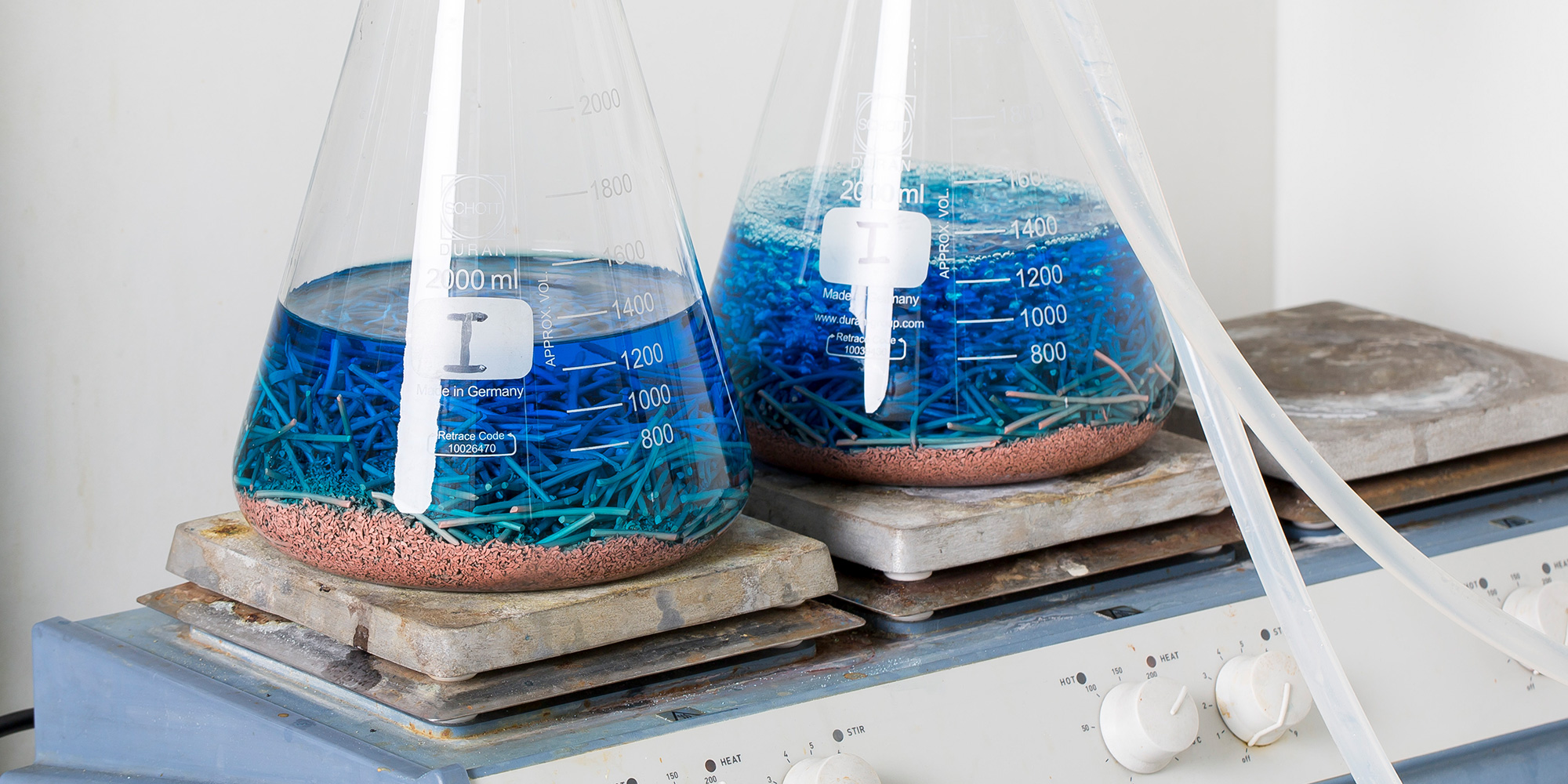API RP 571 Corrosion Damage Mechanisms Test
The American Petroleum Institute Recommended Practice (API RP) 571 is a comprehensive guideline that focuses on the evaluation of corrosion damage mechanisms in oil and gas systems. This test is crucial for ensuring the integrity, safety, and longevity of pipelines, storage tanks, and other critical infrastructure within the oil and gas sector.
The API RP 571 Corrosion Damage Mechanisms Test addresses various types of corrosion including general corrosion, localized corrosion (such as pitting), crevice corrosion, stress-corrosion cracking, and intergranular corrosion. This test is essential for understanding how different environmental factors interact with the material properties to induce specific forms of corrosion.
Testing according to API RP 571 involves several stages: specimen selection, preparation, exposure in a controlled environment simulating real-world conditions, observation, and analysis. Specimens are typically made from materials commonly used in oil and gas applications such as carbon steel, stainless steel, nickel alloys, and other corrosion-resistant metals.
The test parameters are designed to replicate the corrosive environments encountered in oil and gas operations. For instance, high-pressure hydrogen sulfide (H2S) environments can lead to rapid metal degradation, while chloride ion exposure may result in pitting and crevice corrosion. The test also considers the role of mechanical stresses on the integrity of materials.
The process begins with careful selection and preparation of specimens, ensuring they are representative of actual field conditions. Once prepared, these samples are exposed to specific corrosive environments for predetermined periods under controlled conditions. During this period, detailed observations are made using non-destructive testing (NDT) techniques like ultrasonic testing, magnetic particle inspection, or radiographic examination.
After the exposure phase concludes, specimens are thoroughly analyzed to assess any damage caused by corrosion. This analysis includes visual inspections, dimensional measurements, and advanced metallurgical examinations. The aim is to identify the specific types of corrosion present and quantify their extent accurately.
The results from this testing provide critical insights into the susceptibility of materials used in oil and gas systems to various forms of corrosion. This information helps engineers design more resilient structures capable of withstanding harsh environments for extended periods without compromising safety or operational efficiency.
- General Corrosion: Measured by weight loss over time
- Localized Corrosion: Identified through visual inspections and detailed metallographic examinations
Quality and Reliability Assurance
The quality assurance process associated with the API RP 571 Corrosion Damage Mechanisms Test ensures that all tests are conducted accurately, consistently, and in compliance with industry standards. This includes meticulous specimen preparation, precise control of environmental variables during exposure, and rigorous analytical methods post-exposure.
- Specimen Preparation: Specimens must be free from defects before testing to ensure accurate results
- Environmental Control: Controlled environments replicate real-world corrosive conditions ensuring consistency across tests
The reliability of the test is further enhanced through regular calibration and validation of equipment used in each step. Independent verification by third-party laboratories ensures that all findings are accurate and reliable.
Environmental and Sustainability Contributions
The API RP 571 Corrosion Damage Mechanisms Test plays a vital role in promoting environmental sustainability within the oil and gas industry. By identifying weak points in materials early, this testing helps prevent leaks and spills that could otherwise contaminate soil and water resources.
- Reduces Environmental Impact: Early detection of corrosion flaws minimizes potential accidents
- Promotes Sustainable Practices: Ensures long-term durability of infrastructure reducing the need for frequent replacements
Through compliance with this recommended practice, companies contribute to a more sustainable and safer operational environment. This not only enhances corporate reputation but also aligns with broader environmental goals set by regulatory bodies.
Competitive Advantage and Market Impact
Adopting the API RP 571 Corrosion Damage Mechanisms Test provides significant competitive advantages to companies operating in the oil and gas sector. It allows firms to stay ahead of regulatory requirements, ensuring that their products meet stringent quality benchmarks.
This testing also enhances market competitiveness by demonstrating a commitment to excellence in product design and manufacturing processes. Companies that adhere strictly to this practice are better positioned to secure contracts with stringent quality specifications from major clients.
The results of these tests can be used to improve product designs, optimize operational procedures, and enhance overall safety measures. This proactive approach fosters innovation while maintaining high standards, thereby solidifying market leadership positions.





